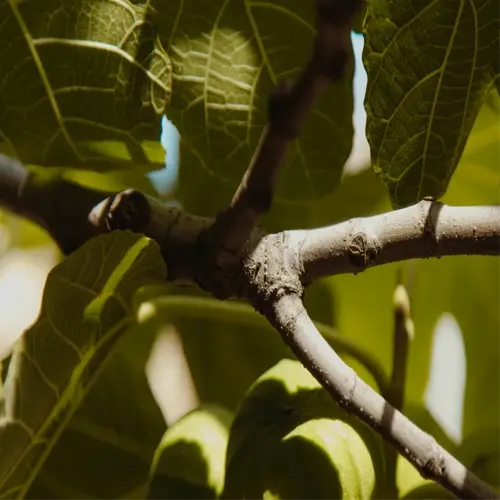Why are my ginger plant leaves turning yellow?

Written by
Liu Xiaohui
Reviewed by
Prof. Martin Thorne, Ph.D.When it comes to ginger cultivation, success is figuring out the discoloration of leaves. Yellow leaves can indicate too much water, but there may be problems with nutrition or pests causing the problem. My first ginger crop failed because my soil was too compacted, and understanding the symptoms allowed me to successfully harvest ginger in future years by solving the issues with the soil.
Environmental Stressors
- Soggy soil: Improve drainage with perlite
- Direct sun scorch: Install 40% shade cloth
- Low humidity: Mist leaves at dawn
Biological Factors
- Aphids: Apply neem oil weekly
- Fungal spots: Trim affected leaves
- Root knot nematodes: Solarize soil
Soil examinations reveal hidden problems. After applying chelated iron to remedy chlorosis, my clients' ginger rebounded. For quick pH assessments, a vinegar-baking soda test where any effervescence appears means the soil is alkaline, and you may need to amend the soil with sulfur. Balanced 10-10-10 fertilizers can prevent yellowing from nutritional issues.
Water Management
- Use drip irrigation timers
- Insert moisture meters 6 inches deep
- Mulch with rice hulls
Pest Control
- Release ladybugs for aphids
- Spray cinnamon solution for fungi
- Rotate crops annually
Seasonal changes require different adjustments. Winter dormancy takes its toll and old leaves are naturally yellow, so reduce watering to 60 percent and do not fertilize. For ginger growing inside a greenhouse, maintain full spectrum LEDs with 14 hours of the daily light cycle. You will find that with proper ginger care, the yellow signals you receive are changed to moments of being a master of growing ginger!
Read the full article: How to Grow Ginger: A Complete Step-by-Step Guide

